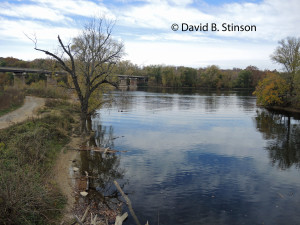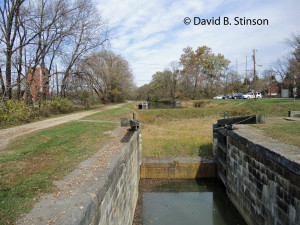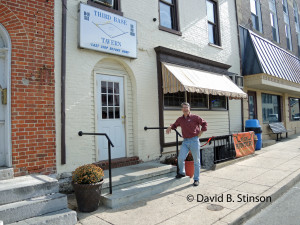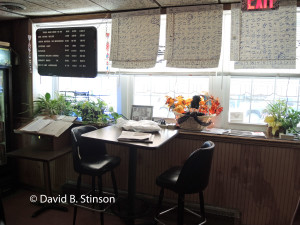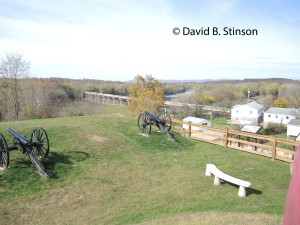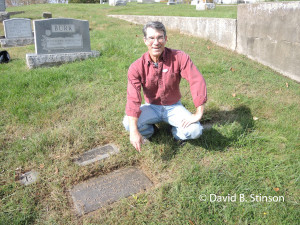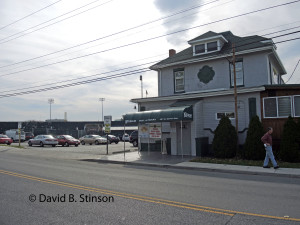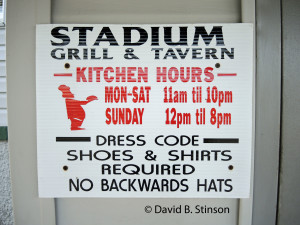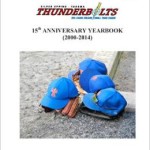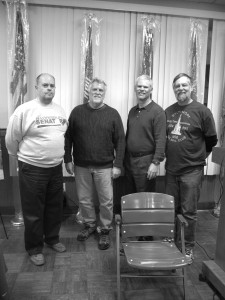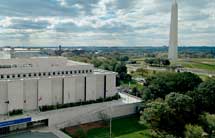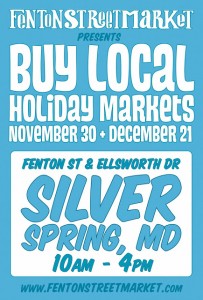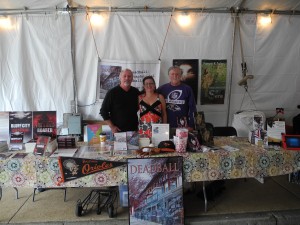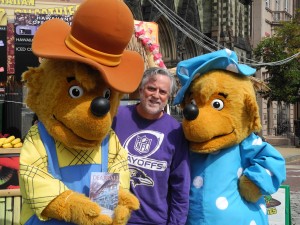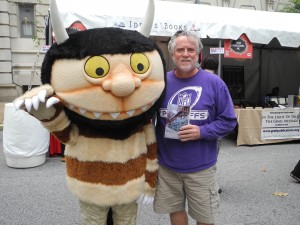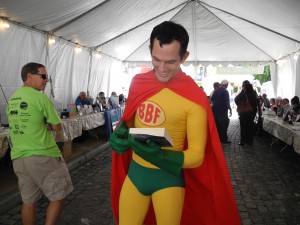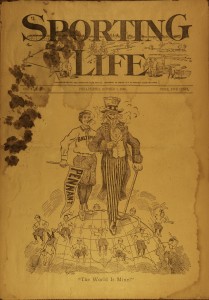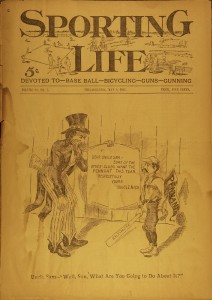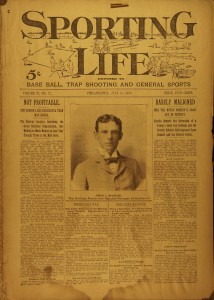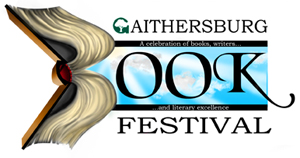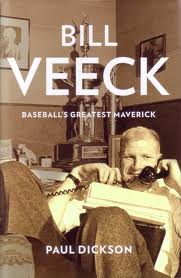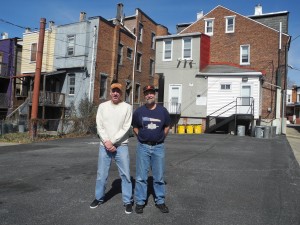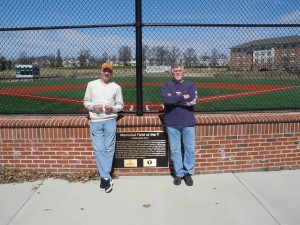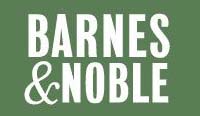One way for baseball fans to bridge the chasm between the last out of the World Series and the arrival of pitchers and catchers for spring training is to delve into the history of the game – maybe read a book or take a day trip to a nearby town or landmark with a connection to the National Pastime. Austin Gisriel’s Boots Poffenberger: Hurler, Hero, Hellraiser is an excellent choice if you are looking for a book to help pass the time until baseball arrives again this Spring.
Perhaps better, however, is spending an afternoon with Austin walking in the footsteps of Boots Poffenberger through Williamsport, Maryland, the ballplayer’s home town. Austin was kind enough to show me around Williamsport this past November, just as the San Francisco Giants and Kansas City Royals were cleaning out their lockers and scattering for the Winter.
If you have read Austin’s book, or if you know anything about Boots Poffenberger, you know that Boots had at least two great loves, baseball and beer. So it was fitting that our Williamsport Boots Tour touched on both aspects of his life. We started on the banks of the Potomac River at the Chesapeake & Ohio Canal National Historical Park in Williamsport.
Boots was born on July 1, 1915, According to Austin, Boots was named for his grandfather who piloted a boat on the Chesapeake & Ohio Canal in and around Williamsport.
A rookie phenom pitcher with Detroit Tigers in 1937, Boots’s sporadic baseball career is well detailed in Austin’s book, as well as in the SABR Baseball Biography Project article about Boots, also authored by Austin. When Boots wasn’t playing baseball (either during the off season or during those periods when he simply chose not to play, or was not allowed to play), he could be found at local establishments such as Ern’s Tavern at 35 North Conococheague Street in Williamsport. Now known as The Third Base Tavern (the “Last Stop Before Home” according to the sign), Ern’s was one of Boots’s favorite haunts.
Boots’s legend lives large inside the Third Base Tavern. A table in the spot where Boots’s booth of choice once resided sits next to the tavern’s front window.
A picture on the windowsill next to the table shows Boots in action, sitting in his booth at the Third Base Tavern.
As Austin has learned having written the book on Boots, there is no shortage of people in Williamsport who have stories to share about Boots. During the short time we visited the Third Base Tavern we met several such residents.
Continuing the baseball theme, we stop next stopped at Doubleday Hill, named after Abner Doubleday, the Union general who famously did not invent baseball (but did fire the first shot by the Union Army at Fort Sumter, South Carolina). During the Civil War, General Doublday commanded an artillery battery in Williamsport on a hill overlooking the Potomac River.
It is on that same hill, in Riverview Cemetery, that Boots is interred. Boots died in Williamsport on September 1, 1999.
As noted on his grave marker, Boots served in the Marines during World War II where, according to Austin, Boots spent much of the time entertaining the troops by playing baseball for the company team. Weeds covered a good portion of Boots’s plaque when we arrived, so it took a few minutes to find Boots. Austin made sure the headstone was cleared before we left.
The last stop on our Boots Tour took us eight miles north of Williamsport to Hagerstown, Maryland. Boots’s played many games in Hagerstown at Municipal Stadium, including his last game as a professional ballplayer in 1948, when he as a member of the Class B Interstate League Hagerstown Owls.
Municipal Stadium is one of the oldest minor league ballparks still in use in the United States and currently is the home field of the South Atlantic League Hagerstowns Suns, an affiliate of the Washington Nationals. Out beyond Municipal Stadium’s center field fence is the Stadium Grill and Tavern located at 401 South Cannon Avenue.
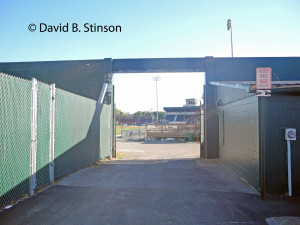
View of Municipal Stadium through Center Field Gates Near Parking Lot to Stadium Grill and Tavern, Hagerstown, Maryland
Although Boots played many games at Municipal Stadium, Austin could not say definitively whether Boots ever frequented the Stadium Grill and Tavern.
It seems a safe bet, however, that Boots would have stopped by the establishment from time to time given the bar’s proximity to the ballpark (the current incarnation of the Stadium Grill and Tavern dates back some 50 plus years). The exact history of the building housing the Stadium Grill and Tavern, and its use during Boots’s last few years of professional ball, is another story for another day.
Even though we could not prove a direct link between Boots and the Stadium Grill and Tavern, we nonetheless stopped there for lunch.
With a view from our booth of the last ballpark where Boots played professionally, it seemed a fitting place to end our Boots Tour.
If you haven’t read Austin’s book yet, do yourself a favor and pick up a copy. And if you find yourself anywhere near Williamsport, Maryland, and are interested in a tour, I am almost certain Austin would be willing to show you around.

